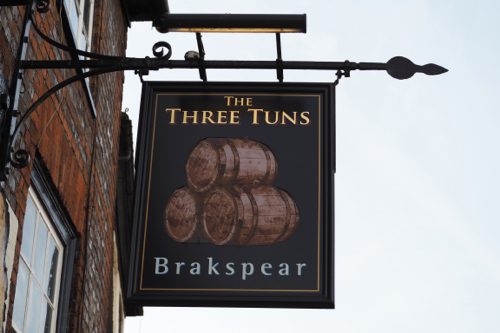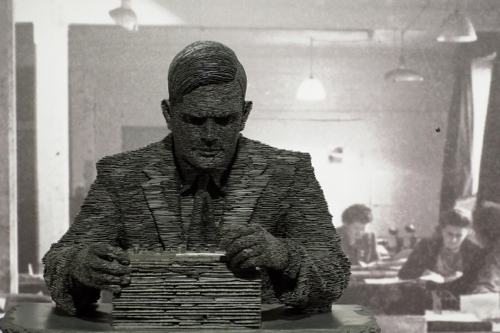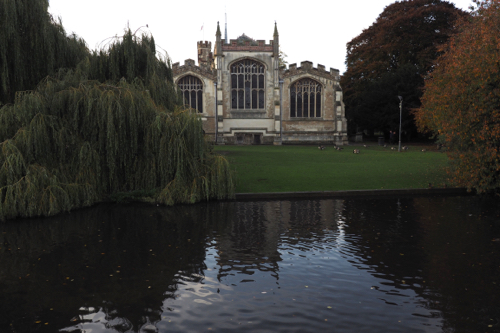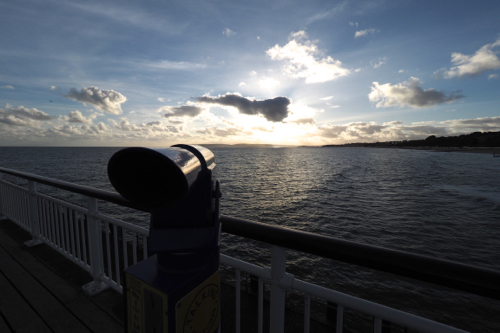October 30 and 31, 2017. Melbourne, Australia to Henley-on-Thames, Oxfordshire, United Kingdom.
Late in the day we caught QF9 to London Heathrow – we were back in Britain again.
On arrival we went straight to Hertz and picked up our rental, another Renault Captur.
This one was deep teal with a silver roof and a much lower spec that the one we had from Renault Eurodrive.
It was also a right hand drive and had a five speed gear box instead of six, which made it much easier to drive on the English roads.
It was only about a 40 minute drive to the Phyllis Court Club, a very posh establishment right on the Thames.
The room price was reasonable but there was a strict dress code, of jacket and tie for dinner.
We ate at one of the many pubs in town, which was much more to our liking and suited our available wardrobe.
To quote from a book on the history of the Phyllis Court Club.
‘Phyllis Court Club was established in 1906, to provide a headquarters for social and sporting life on the river for those of good social standing. ‘
I am not sure of our ‘social standing’ but we certainly enjoyed our brief stay there.
November 1, 2017. Henley-on-Thames, Oxfordshire, United Kingdom.
With the railway coming to Henley in 1857 the town began to promote itself as a fashionable resort on the Thames.
It was was originally made famous by the first Oxford and Cambridge boat race in 1829.
Then the Royal Regatta was established in 1839 and held on a stretch of the Thames River, just outside our room at the Phyllis Court Club.
It became an international event for the Summer Olympics of 1908. The site was also used for the Olympic Regatta during the Summer games of 1948, making Henley the first town in the world to host two Olympic Rowing Regattas.
Henley-on-Thames is a quintessential English village with pubs every few yards and surrounded by fields of verdant green pastures.
Established by King Henry II in 1179, it is now a thriving market town with the Town Hall at one end of the market square and a church at the other.
The banks of the Thames is the focal point and where the locals walk their dogs, push their prams, walk, run and relax.
The town has also been host to the popular TV series of Midsomer Murders and the Vicar of Dibley.
In the afternoon we made a side trip to Pangbourne, the former home of our friends Rob and Lorraine. It is also on the Thames but much smaller and sleepier.
November 2, 2017. Henley-on-Thames, Oxfordshire, to Milton Keynes, Bedfordshire, United Kingdom.
It was about a 1.5 hour drive to Milton Keynes with most of it on country roads.
We did stop in Aylesbury, another quaint old market town, for a coffee but the rest was driving.
I had forgotten just how narrow the English country lanes can be.
Milton Keynes was created as a ’New City’ in 1967 after the British Government decided that London was becoming too congested.
It is situated in Northern Buckinghamshire and equidistant from Birmingham, Leicester, Oxford and Cambridge.
Milton Keynes was designed with a Modernist approach and often features in design journals in the late 60s and early 70s. Many talented young architects were attracted to work on the project and it became a model for future cities. History has not been kind to the city and it is now seen as rather boring and bland.
Having arrived at our hotel, the Best Western in Milton Keynes, we were told we were too early to check in.
Two hours too early.
So we headed to Willen Lake and went for a walk.
The lake is on the outskirts of Milton Keynes, next to the old town of Willen.
No sooner had we started our walk, than we came across a large hot air balloon preparing to take off.
We were part of a small crowd that had gathered to watch proceedings.
We then continued on our walk around the north part of Willen Lake, finishing up in the old village of Willen.
Willen is one of the ancient villages of Buckinghamshire, first named in history in the 12th century. It has a beautiful old church, St Mary Magdalene, which was designed by Robert Hooke, (1635-1703) a compatriot of Sir Christopher Wren (1632-1723) and built in 1680.
November 3, 2017. Milton Keynes, Bedfordshire, to Hitchin, Hertfordshire, with a side trip to Bletchley Park, United Kingdom.
Bletchley Park was the centre of British and Allied code breaking during the Second World war.
It was at Bletchley Park that the codes were broken for the German Enigma and Lorenz ciphers.
At the height of it’s operation, there were nearly 9,000 people employed at the facility.
Even before the invasion of Europe, by the Germans in 1939, Polish cryptographers had an understanding of the Enigma code.
It has been claimed that the work done at Bletchley Park shortened the war by two to four years.
At the centre of the park is the ‘Mansion’ a concoction of architectural styles including Victorian, Gothic, Tudor and Dutch Baroque.
The site was chosen because of its proximity to Bletchley railway station, which was on the Varsity Line connecting Oxford and Cambridge.
It was home to Alan Turing, the brilliant mathematician and computer scientist, who worked in Hut 8. He was responsible for breaking the codes of the German Enigma machine.
Despite his wartime actions he was prosecuted in 1952 for ‘gross indecency’ and subjected to chemical castration.
Turing died of cyanide poisoning in 1954, just days before his 42nd birthday, and was given a posthumous pardon by Queen Elizabeth II in 2013.
His life story is told in the 2014 movie ‘The Imitation Game’ staring Benedict Cumberbatch and directed by Morten Tyldum.
It is interesting to compare the approach the British had to shortening the war, compared to the Americans. The Brits used brain power and code breaking, while the Yanks, also used brain power, and developed an atomic bomb, but then dropped it on Japan.
After our visit to Bletchley Park we went just up the road, to the National Museum of Computing. This houses a rebuilt Colossus computer, similar to the ones used to break the Lorenz ciphers. By the end of the war there were 10 of these purpose built computers.
After the war all but two were broken down and destroyed. The remaining ones were used to try and break remaining code that could be used in gaining convictions during the Nuremberg trials of 1945 and 1946.
The Colossus is thus regarded as the world’s first programmable, electronic, digital computer.
We arrived in Hitchin late in the day and got settled into the Lord Lister Hotel.
The hotel building was constructed in the late 18th century and later became a Quaker school. It was responsible for educating many 18th Century scientists.
One of that eminent alumni was Joseph Lister, 1st Baron of Lister. As a surgeon he became famous through his discovery of antiseptics.
Where possible we like to stay in old hotels or pubs in Britain. Despite the fact they aren’t usually as well appointed or luxurious as the new ones and they rarely have a lift.
It’s their history that’s the attraction.
November 4, 2017. Hitchin, Hertfordshire, United Kingdom.
The morning was cold and wet, which wasn’t a real issue as I had work to do.
We did get out a couple of times during the day and wandered around the small village of Hitchin.
It it believed that in 673 Hitchin was the place where the fledgling Christian church first formed in Anglo-Saxon times.
In the evening we visited friends in the area and had a well needed, home cooked meal.
November 5, 2017. Hitchin, Hertfordshire, to Highbury, Greater London, United Kingdom.
We had arranged to have a Sunday lunch in Highbury with Cam, who is the son of our friends Rob and Lorraine.
The pub was in walking distance from our hotel, which was good as it turned out to be a long lunch.
Apart from catching up with Cam, one of the the highlights of the day was to discover that the pub, the W.B. Yeats in Finsbury Park, had Brew Dogs craft beer on tap.
The night silence was continually punctuated by the sound of fireworks.
Well it was November 5.
Guy Fawkes (1570-1606) was a member of a group of English Catholics who, in 1605, was a part of the failed Gunpowder Plot. The group planned to assassinate King James I and restore a Catholic monarch to the throne of England.
He was captured in Westminster Palace on November 5, while guarding the explosives.
This event has been commemorated in Britain since 1605. First by burning his effigy on a bonfire and then a fireworks display.














